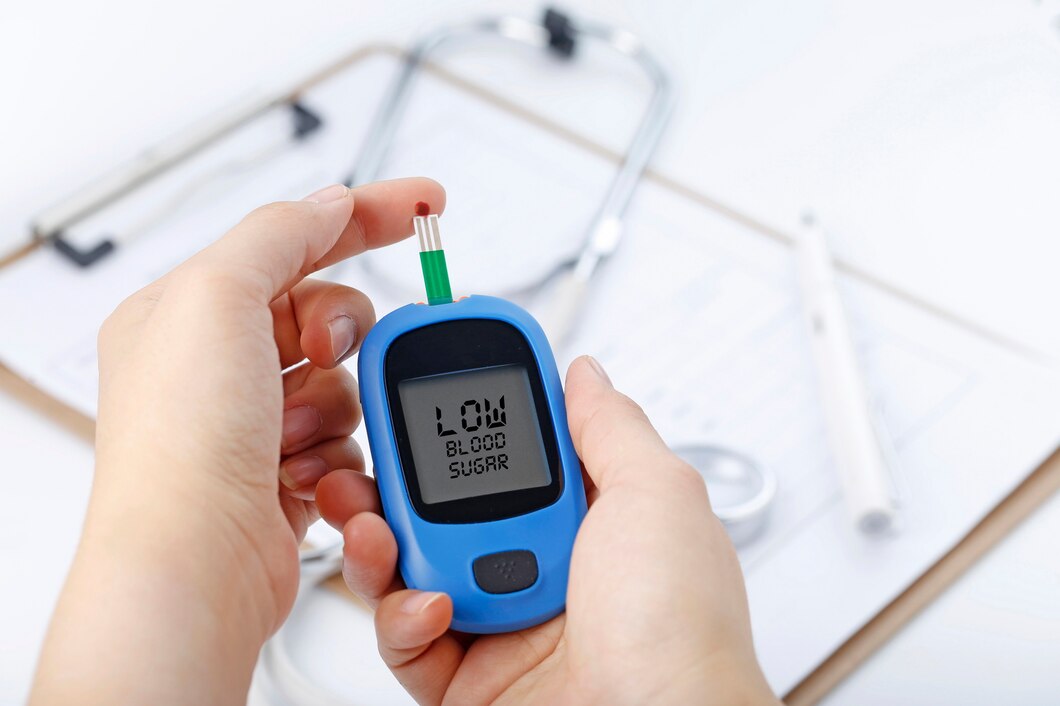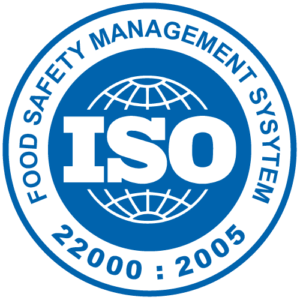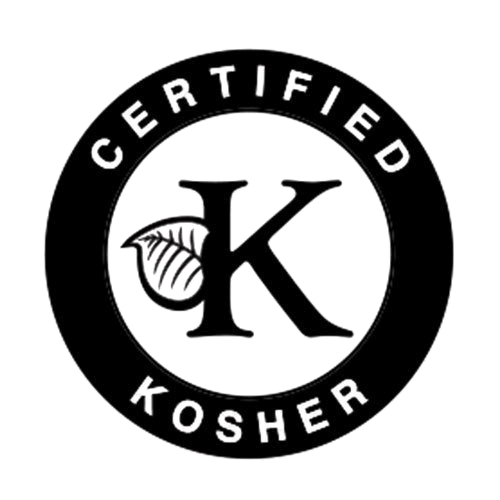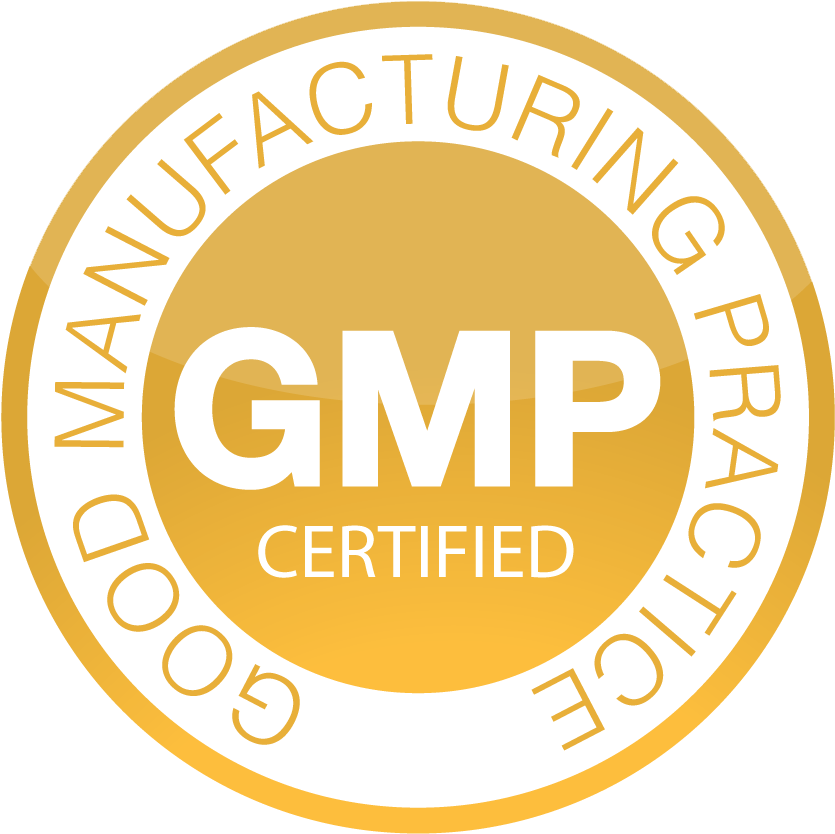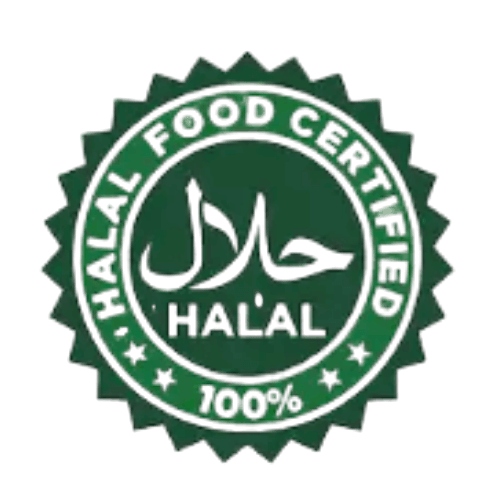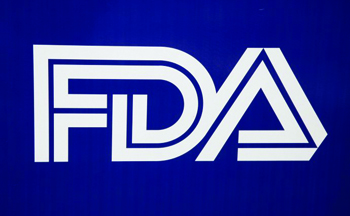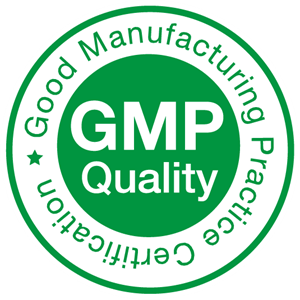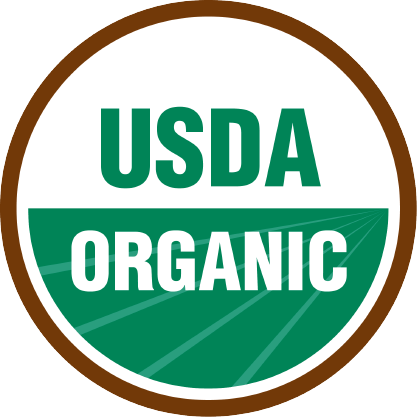
How to extract steviol glycosides from dried rebuandinana through pressurized hot water extraction?
Many processes are involved in extracting steviol glycosides from dry stevia leaves, including the use of organic solvents.
It has the ability to produce a concentrated juice with a high degree of recovery of the target components, rebaudioside A and stevioside.
PHWE (Pressurized Hot Water Extraction) was the first Response Surface Methodology which is improved in terms of Rebaudioside-A yield and color components. After that, we coupled PHWE with compressing in a wine press, resulting in a better extraction efficiency for steviol glycosides.
Sugar consumption is harmful
Carbohydrate consumption, especially sugar consumption, is receiving more attention as a result of obesity and diabetes. Sugar’s greater availability has resulted in an increase in the number of energy-dense, high-calorie foods on the market. Those attempting to live a healthy lifestyle have suffered due to this.
How can Stevia help you out?
Stevia rebaudiana is a plant native to South America. Its extract produces substances that are 300 times sweeter than sucrose. The native Guarani people used it as a sweetener and herbal tea stevia to alleviate heartburn and other ailments for millennia.
Extraction of Stevia glycosides from dried Stevia by pressurized hot water extraction
The Stevia Rebaudiana plant includes eight distinct steviol glycosides, the most prevalent of which is stevioside, which makes up 4–13 percent of the dry matter, and rebaudioside A, which makes up 2–4%.
The separation of steviol glycosides from the stevia plant species has previously been accomplished in a number of experiments.
Aim of this extraction process
This research aims to create a simple and environmentally friendly method for recovering steviol glycosides from stevia leaves. The pressurized hot water extraction (PHWE) method is used on dry stevia leaves, which were subsequently crushed and spray dried.
A Taguchi factorial design on an output factor, which incorporated the concentration of the product and the color of the extract, was used to determine the best configuration for PHWE.
Let’s start the process
1. First, throughout the summer, we must gather the stevia rebaudiana Bertoni leaves from the plantations.
Also, make sure you dry them for two weeks in an air-ventilated chamber at a temperature of 252°C. Then we’ll keep it in plastic bags at room temperature to ensure consistent quality raw material.
2. Waters measure the content of steviol glycosides in leaf extracts and other materials. Then, we have performed the isocratic elution at a flow rate of 1 ml min–1.
We set the detecting wavelength to 204 nm, and we set the column temperature to 30 °C. Deionized water was used to dissolve the standards.
To initiate the procedure, we have produced the five rebaudioside-A standard concentrations and three stevioside standard concentrations.
3. After diluting the colored pollutants, we must utilize the LKB Ultrospec plus spectrophotometer at 420 nm to assess optical absorbance.
4. I put 1 g of dry stevia leaves in an Erlenmeyer flask, and then we have added the equivalent amount of tap water. We have done this to obtain the required solvent ratio for steviol glycosides extraction.
5. After extracting the dried leaves, we crush the wet and heated leaves in a 2-liter wine press to extract the primary juice and separate the liquor from the leaves’ residue. Spray drying was used to stabilize the raw extract.
We have determined this set of parameters using a tiny percentage of the same raw material in a pilot experiment. The purpose behind this was to develop a process as quickly as possible without clogging or condensate buildup on the dryer’s glass wall.
6. Then, the powdered items were gathered at the dryer’s cyclone’s bottom and kept in firmly covered plastic bottles. We kept these materials in a dry, dark environment for 55% of relative humidity.
Final result
We have used the simplest and most environmentally friendly solvent, namely water, in the method of pressurized hot water extraction (PHWE). We have to choose the parameters carefully because the solvent’s properties change with temperature and pressure.
The concentration levels of stevioside and Rebaudioside-A in the extracted juice are strongly correlated.
But because rebaudioside-A is the favored component with the greatest sweet taste and the weakest bitter aftertaste, Rebaudioside-A was the subject of further investigation.
Conclusion
There are many other methods available, too, for the extraction. But, we have carried only a pressurized hot water extraction method.
So, According to the results, a sweetener with more than 50% steviol glycosides in a stable powder formulation was effectively synthesized.
It has a few colored chemicals as feasible. And the yield from dried Stevia rebaudiana Bertoni leaves is equivalent to or even greater than previously reported values.
More Blogs
Stevia Powder vs. Liquid
Stevia Powder Benefits
Stevia Powder Uses
